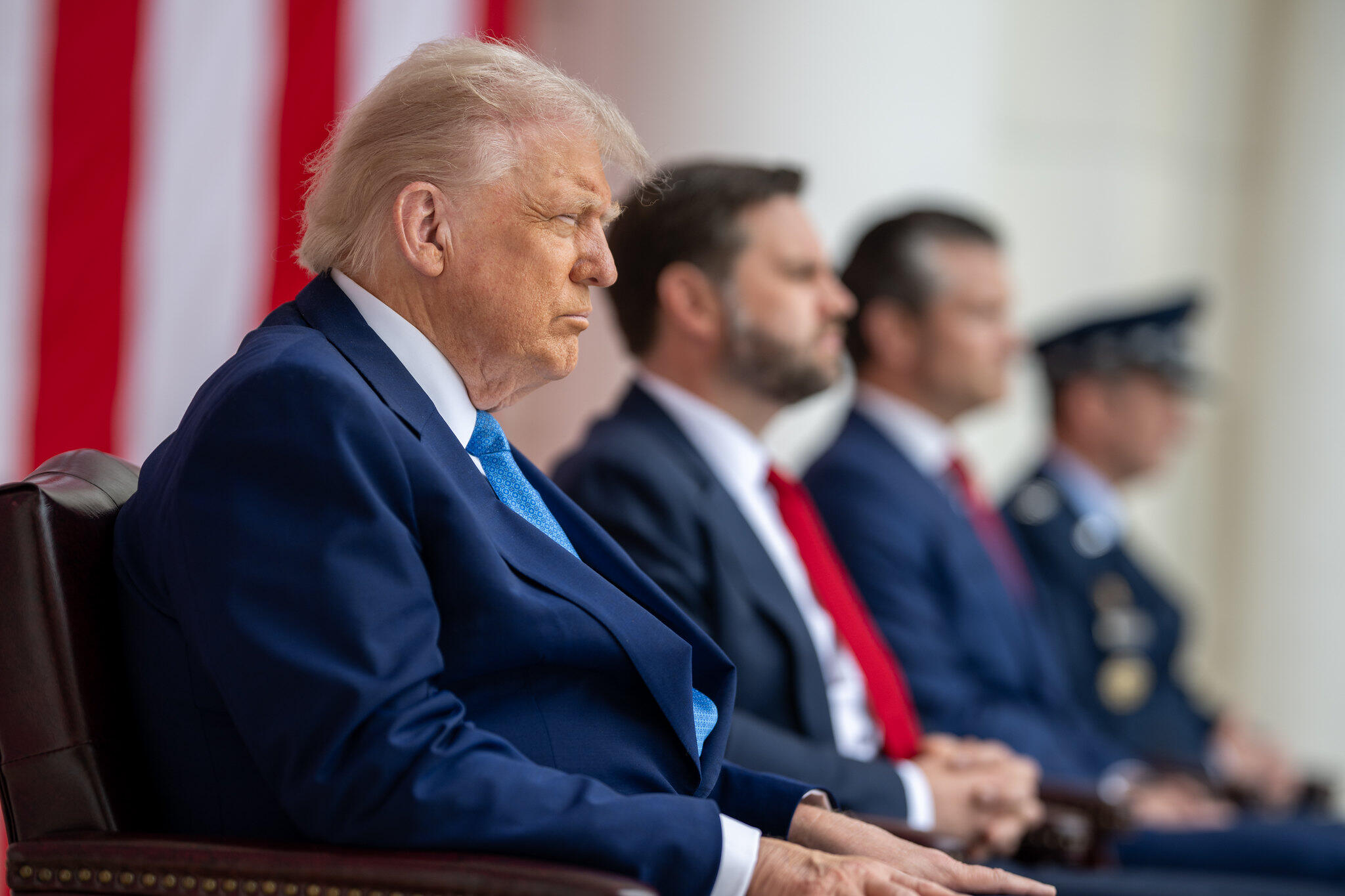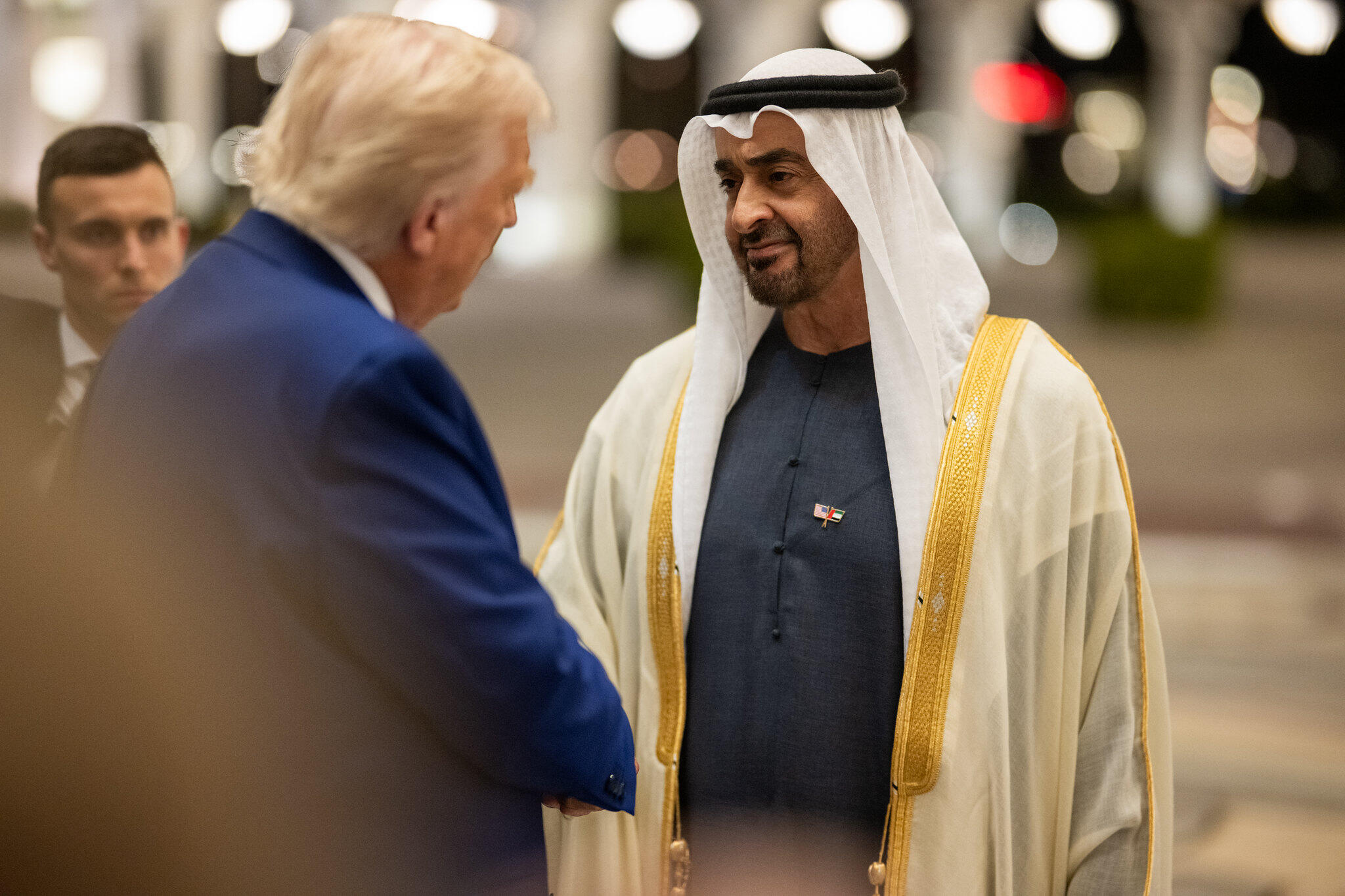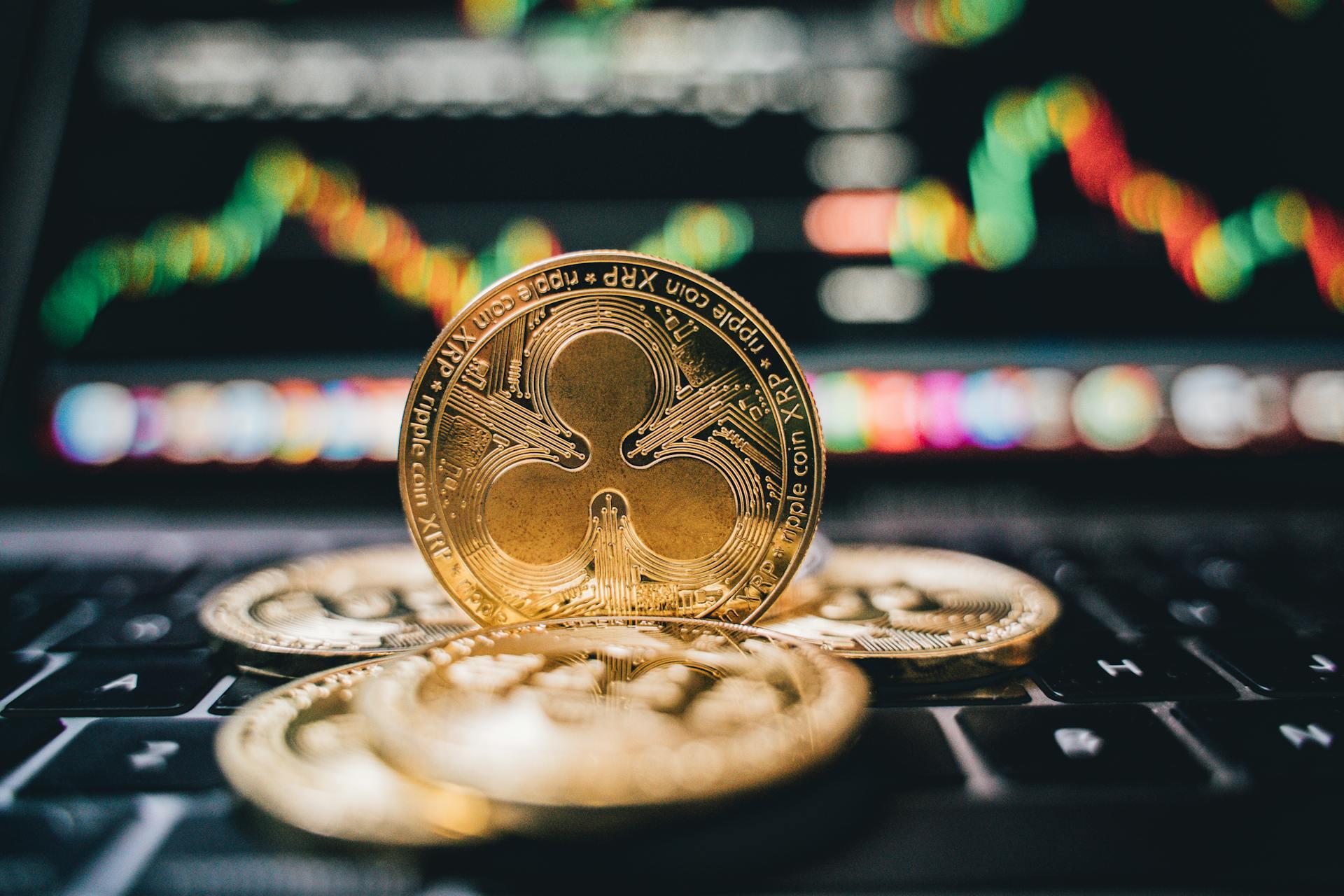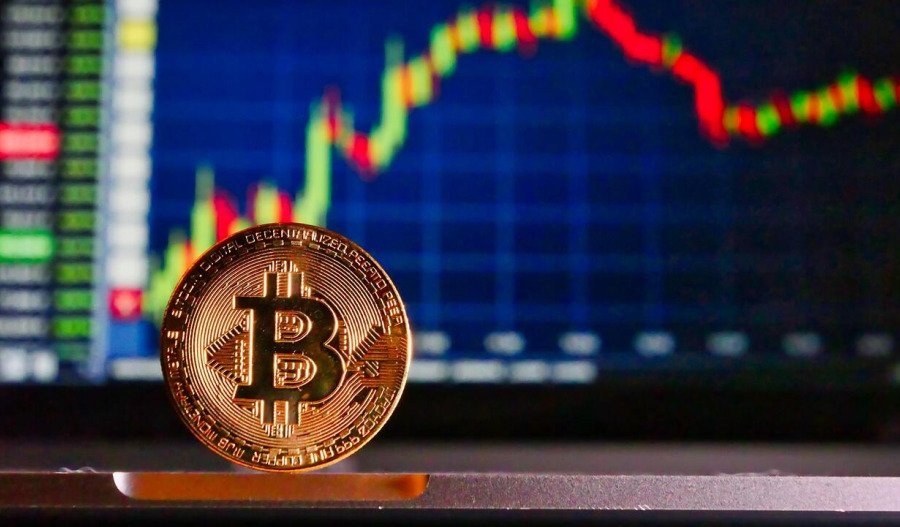This year, the cryptocurrency market entered uncharted territory. Surging to record highs, the sector is no longer the speculative playground of retail traders and technophiles - it has become a strategic frontier for global financial institutions, nation-states, and political figures.
As cryptocurrencies continue their golden road to regulation, investors are noting an accelerating rise in stablecoin adoption - digital assets pegged to traditional fiat currencies, combining the speed and security of blockchain with the familiarity and perceived stability of government-backed money.
Once seen as an intermediary solution for crypto investors seeking a haven from volatility, stablecoins are now an established pillar of the crypto financial system.
They are being adopted not only by major fintech platforms and banks, but also by governments and political actors seeking to reshape monetary policy, regulatory frameworks, and even international power dynamics.
Few figures have influenced this emerging landscape as dramatically as United States President Donald Trump.

Trump’s Stablecoin Strategy: USD1, STABLE and GENIUS Acts
Donald Trump’s return to political prominence has been accompanied by an unflinching embrace of cryptocurrency. While his earlier tenure was marked by a cautious and at times sceptical approach to digital assets, his 2025 campaign has been steeped in crypto-friendly rhetoric and policy proposals.
Central to this pivot is the launch of USD1, a stablecoin developed by World Liberty Financial (WLF) - a Trump-aligned venture aimed at establishing a "patriotic alternative" to existing dollar-backed digital currencies.
Announced in late March, the U.S. dollar-pegged stablecoin has grown from under US$130 million on April 27 to over $2.1 billion.
Trump’s campaign literature lauds USD1 as a vehicle for “digital freedom” and “economic sovereignty”, offering an American alternative to global stablecoins, many of which are either private ventures (like USDC and Tether) or tied to non-U.S. jurisdictions.
Supporting this rollout is the GENIUS Act (Government-Endorsed National Infrastructure for United Stablecoins) (S. 394), a proposed piece of legislation designed to establish a U.S. regulatory framework for stablecoins. The Act aims to accelerate adoption by standardising reserve requirements, transaction disclosures, and on-chain compliance.
In parallel, the House Financial Services Committee reviewed the STABLE Act (HR 2392), introduced by Committee Chairman French Hill and Representative Bryan Steil. The bill seeks to expand federal oversight of stablecoins by tightening compliance requirements and defining clear standards for their issuance.
Under the STABLE Act, it would become illegal - two years after enactment - for custodial intermediaries to offer or sell payment stablecoins in the U.S. unless issued by a permitted entity.
Foreign stablecoin issuers must operate under a regulatory regime deemed equivalent by the Secretary of the Treasury and must agree to U.S. reporting and examination rules.
Permitted stablecoin issuers would be required to maintain a full one-to-one reserve, backed by high-quality liquid assets. Acceptable reserve assets include U.S. currency, funds held in Federal Reserve banks, insured demand deposits, Treasury securities, repurchase agreements, and qualifying financial instruments.
Together, these legislative efforts are designed to safeguard U.S. financial stability while reinforcing the dollar’s role in a rapidly evolving digital financial system.
According to White House crypto czar David Sacks, the GENIUS Act could be transformational. “We already have over $200 billion in stablecoins - it’s just unregulated,” Sacks told CNBC’s “Closing Bell Overtime”. “If we provide the legal clarity and legal framework for this, I think we could create trillions of dollars of demand for our Treasuries practically overnight, very quickly.”
His sentiment is shared by SEC Chairman Paul Atkins, who has signalled an end to the adversarial stance the agency once held under Gary Gensler.
Global Reach, Political Risks
The rollout of USD1 has not remained confined to U.S. borders. In a landmark deal, Abu Dhabi’s MGX Investment Fund committed $2 billion to support Binance’s infrastructure, using USD1 as the official medium of settlement. The agreement, facilitated through WLF, signals the coin’s ambition to become a global standard.
But the deal also sparked concerns. Ethics watchdogs and policy analysts have raised alarms over potential conflicts of interest. Critics argue that the fusion of Trump’s political persona with his private financial interests presents a “roadmap for corruption”, in the words of The Guardian.
The fact that major government-adjacent deals are being transacted in Trump-associated cryptocurrencies has amplified scrutiny.
The Trump campaign has rejected such criticism, asserting that the USD1 project is fully compliant with U.S. financial law.
Still, the ethics debate surrounding Trump’s crypto dealings may loom large in the 2026 midterms - and potentially beyond.

Institutional Adoption and Financial Integration
While Trump’s foray into stablecoins has attracted headlines, the broader institutional shift toward digital dollars is just as significant. U.S. banks, wary of being sidelined by Silicon Valley and global crypto exchanges, have begun exploring the launch of a joint stablecoin project.
First reported by The Wall Street Journal, the effort could see a consortium of major banks co-developing a fully regulated alternative to private stablecoins.
Meanwhile, Circle Internet Group, the issuer behind the USD Coin (USDC) stablecoin, priced its highly anticipated initial public offering at US$31 per share in early June, exceeding its expected range of $27 to $28.
The New York-based crypto firm is set to begin trading on the New York Stock Exchange under the ticker symbol “CRCL”. The IPO saw Circle, its founder, and early shareholders raise $1.05 billion by offering 34 million shares, up from the previously planned 32 million shares amid strong investor demand.
Underwriters led by JPMorgan, Citigroup and Goldman Sachs have also been granted a 30-day option to purchase an additional 5.1 million shares.
Fintech giants are also doubling down on their integration. Stripe announced at its 2025 developer conference that it would begin supporting stablecoin transactions on its platform, enabling near-instant cross-border payments and on-chain payroll.
Mastercard, too, is entering the fray with an end-to-end system for issuing, managing, and redeeming stablecoins - bridging the gap between wallets and point-of-sale terminals.
These moves suggest that stablecoins are no longer fringe experiments. They are becoming fundamental to how money moves, especially in a global digitalised economy.
A Changing Regulatory Landscape
This institutional momentum has accelerated political engagement. For years, the lack of regulation had been a bottleneck for broader adoption. Now, with the Senate’s pending approval of the STABLE and GENIUS acts, the era of legal ambiguity may be coming to an end.
However, the political dynamics remain complex. Trump’s involvement in crypto has polarised the debate. Some lawmakers fear that regulations could be tailored to favour USD1 and its associated entities.
Others argue that ignoring stablecoin innovation out of political spite could jeopardise America’s position in global fintech leadership.
Meanwhile, countries such as China and members of the BRICS bloc are promoting the use of their own currencies in cross-border trade - a trend broadly referred to as de-dollarisation.
In response, the U.S. is taking a strategic approach by regulating stablecoins to reinforce the dollar’s standing in global finance. By establishing a transparent and resilient digital dollar ecosystem, the U.S. aims to make the dollar more attractive for digital transactions, positioning it as the currency of choice even as geopolitical rivals encourage alternatives.
A well-regulated stablecoin infrastructure could serve as a digital extension of U.S. financial influence, safeguarding the dollar’s dominance in an increasingly decentralised global economy.
Global Trends and the Tokenisation of Fiat
Beyond the United States, stablecoin activity is accelerating. The XRP Ledger is now home to a range of new stablecoins, including USDB from Brazil and the first euro-backed stablecoin launched by a consortium of European banks.
In Hong Kong, HSBC has partnered with Ant International to launch the region’s first blockchain-based settlement platform, following a landmark stablecoin law passed in March.
Even financial commentators have begun to take note. “The dollar is no longer issued - it’s minted by the internet”, read a recent headline from Crypto News, reflecting the growing belief that blockchain will define the future of fiat.
Meanwhile, exchanges like Kraken are experimenting with turning blockchains like Solana into decentralised stock exchanges, enabling tokenised equity trades using stablecoins for instant settlement.

The Road Ahead
Despite rapid progress, stablecoins' future is far from settled. On the one hand, they represent a new frontier in financial innovation - offering faster payments, reduced costs, and global interoperability.
On the other, their rise challenges its traditional notions of monetary sovereignty, central banking, and regulatory oversight.
Trump’s USD1 and the GENIUS Act may offer a glimpse into a future where governments co-opt decentralised finance tools. But with ethics controversies, geopolitical entanglements, and technical scalability still in play, the stablecoin ecosystem stands at a crossroads.
One thing is certain: in 2025, the battle for the future of money has begun in earnest - and it will be fought in Senate chambers, Silicon Valley boardrooms, and on the blockchain itself.



